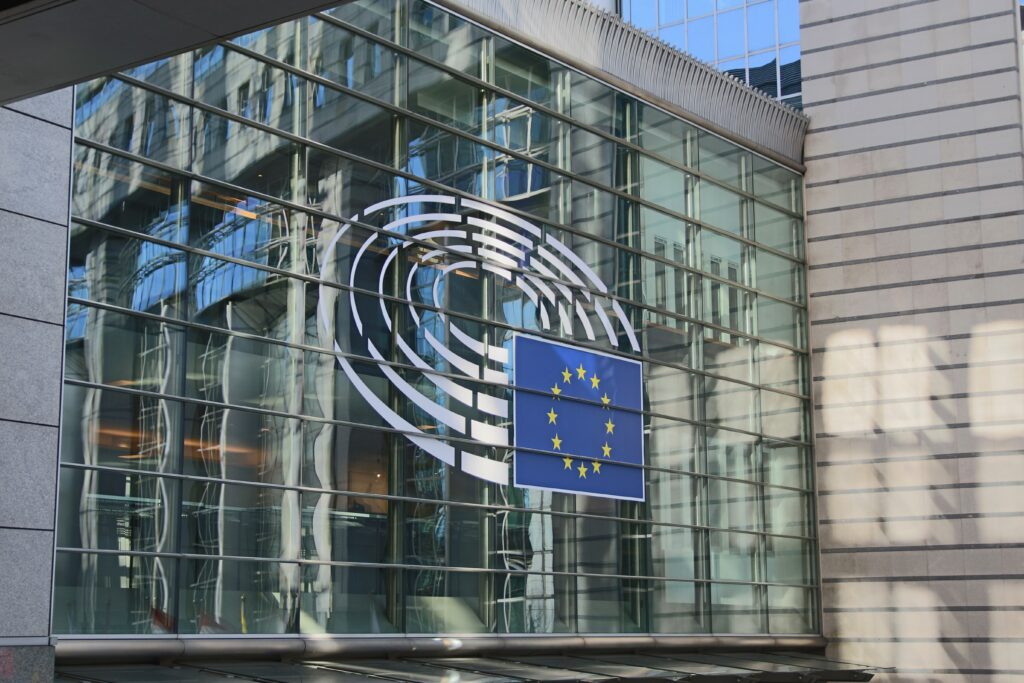In 2018, the European Union established the first Sustainable Finance Strategy. It provided a roadmap to enhance the role of finance as a driver for change in Europe’s productive fabric, with the aim of achieving a more sustainable economic model that is consistent with the objectives of the European Green Deal. The Sustainable Finance Strategy was updated in July 2021.
The weight of sustainable finance in Europe is moving in parallel with progress towards achieving the UN’s Sustainable Development Goals, the Paris Agreement and the Glasgow Climate Pact. Investor confidence in the profitability of sustainable investments in Europe has already been felt, for example, in the growth of investment funds operating on the continent under ESG criteria. Indeed, according to the European Fund and Asset Management Association, the volume of assets under management has increased by 197% since 2016.
In this context, the financial sector, driven by potential demand and upcoming regulation, has been developing more and more products integrating ESG factors, mobilising part of its portfolio in this direction. In addition, more and more studies argue that companies rated as sustainable are more resilient, and that this reduced volatility enables them to reduce risk and outperform the market on average.
Despite unprecedented events such as the pandemic and the war in Ukraine, sustainable finance legislation has continued to make progress, with milestones such as the entry into force of the Delegated Regulation known as Green MiFID II in August last year. However, emerging concerns about the veracity of sustainable products have made it necessary to control green-, social- and impact-washing practices, as well as the general constraints of the markets, to which sustainable investment is not immune.
As for the regulatory framework, centred on the EU Sustainable Finance Strategy, developments are still pending that affect key directives and regulations, such as the environmental and social taxonomy (which is in draft form), sustainability labels, the rules on sustainability reporting by financial intermediaries, the Sustainable Finance Disclosure Regulation (SFDR), and the operational criteria that allow for its interpretation. We can not ignore that Green MiFID II requires the inclusion of questions related to sustainability in the mandatory survey given to investors to define their level of information and choice of sustainable products.
“Another important milestone will be the “Green Claims Directive”. The aim of this directive is to add to the European regulatory framework for protecting consumers by establishing rules to deal with false environmental claims made by traders in their dealings with consumers, and to enable consumers to easily initiate claims against these traders. “
Another important milestone will be the “Green Claims Directive”. The aim of this directive is to add to the European regulatory framework for protecting consumers by establishing rules to deal with false environmental claims made by traders in their dealings with consumers, and to enable consumers to easily initiate claims against these traders.
Elsewhere, the update to the EU Non-Financial Reporting Directive, which was transposed into Spanish legislation in 2018, will also be key for environmental, social and governance (ESG) issues, as in 2024 it will be replaced by the Corporate Sustainability Reporting Directive. It will be essential for the markets and their operators to adapt to a realistic vision of the times.
Along the same lines, another of the key aspects mentioned above is the control and sanctioning of bad practices in the area of sustainability, including green-, social- and impact-washing. In this respect, it is important to highlight the latest indications and guidelines issued by the European Securities and Markets Authority (ESMA), which seek to curb the abuse of the terms “green” or “sustainable” in the naming of investment products. In parallel, the various national regulators are making a major effort to monitor and prevent sustainability labels being fraudulently applied to different financial products (bonds, investment funds, etc).
Lastly, with regard to sustainability factors being incorporated into the financial markets, it is worth highlighting the recent approval of the EU Green Bond Standard, which establishes voluntary standards for public and private issuers to provide a common legal framework for the issuance of green bonds in the EU and boost the market for these bonds, which must invest at least 85% of the capital raised in sustainability-related projects.
From this brief description, it is apparent that the major challenges for sustainable investment at the EU level are linked to the development and implementation of the regulatory framework at a European and a national level. However, one might ask, is all this regulation positive and necessary?
It is still too early to judge, bearing in mind that the ultimate objective of this legislation is to combat climate change, and in many cases the legislation is still being processed or is at a very preliminary stage of implementation. However, caution should be exercised against over-regulation, which can hamper companies’ competitiveness and lead to investment finding its way to other regions of the world.

Indeed, the European Union must bear in mind that we are facing a global problem, which means that global solutions based on international standards must be sought in order to achieve the goal of a climate-neutral continent. Furthermore, it should be taken into account that results are not short-term, and transcend political cycles. Therefore, realistic transitional periods should be included, as well as obligations that can be fulfilled according to the specific circumstances of each sector and type of company, ensuring they are always in line with other public policies and maintaining an adequate dialogue with the private sector.
Ultimately, all regulation of what has been defined as “sustainable finance” should not be seen as a goal in itself, but as a means to transform the economic and social model to respond to the challenges of climate change and environmental degradation, thereby improving the quality of life for present and future generations. Will we achieve it?
Authors

Sonsoles Centeno
Managing Partner
Pérez Llorca's Brussels office



